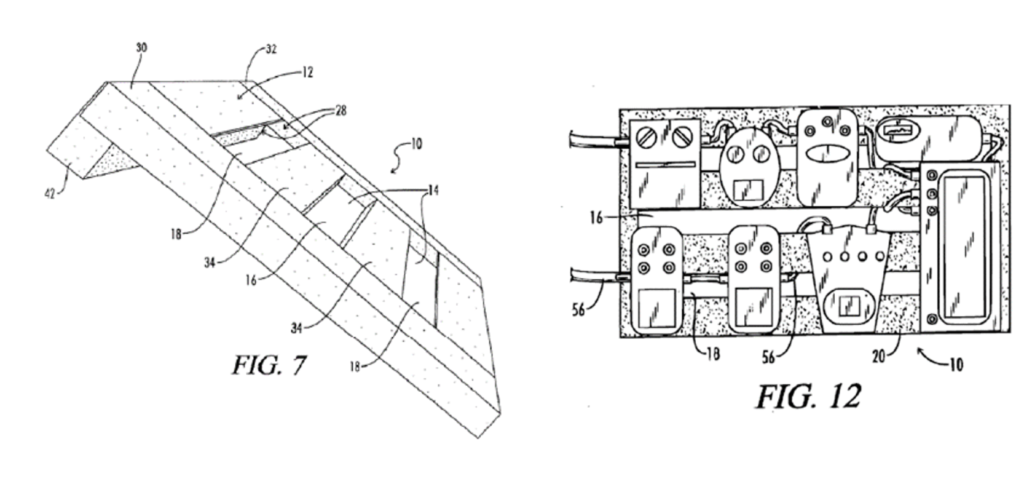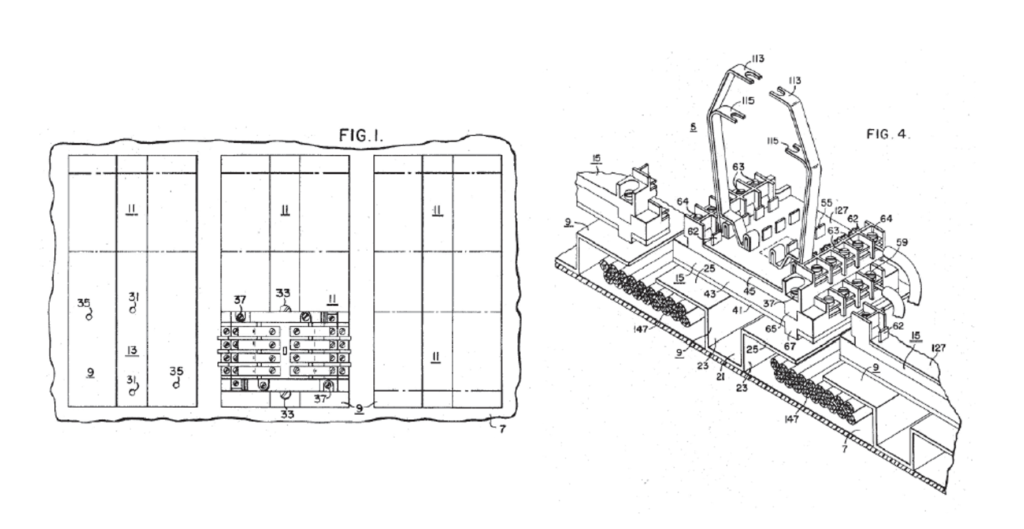The US Court of Appeals for the Federal Circuit upheld a finding that patents covering Narcan, a naloxone-based intranasal opioid overdose treatment, were obvious despite evidence of long-felt need. Adapt Pharma Operations Ltd. v. Teva Pharms. USA, Inc., Case No. 20-2106 (Fed. Cir. Feb. 10, 2022) (Prost, Stoll, JJ.) (Newman, J., dissenting).
In 2012, during the growing opioid crisis, the US Food & Drug Administration (FDA) identified a need for an improved intranasal naloxone treatment that could be FDA-approved and deliver the same amount of naloxone to the blood as an injectable formulation. In 2015, Adapt filed a patent application for Narcan, a method of nasally administering naloxone using about 4 mg of naloxone, benzalkonium chloride (BZK) and three other excipients. After Teva submitted an abbreviated new drug application (ANDA) to sell a generic version of Narcan, Adapt sued Teva for infringement. After a two-week bench trial, the district court determined that Adapt’s patents were obvious in view of prior art. Adapt appealed.
The Federal Circuit found no error in the district court’s conclusions that a skilled artisan would have been motivated to combine the prior art, that the prior art did not teach away from the claimed combination and that Adapt’s evidence regarding unexpected results, copying and industry skepticism was not probative of nonobviousness. The Court noted that a skilled artisan would have been motivated to improve on existing treatments because their shortcomings were well known, and the FDA had explicitly identified a need for an improved intranasal product. The claimed excipients also were separately taught in the prior art within the claimed concentration ranges. The Court agreed that a skilled artisan would have been motivated to combine these components to achieve the tonicity and pH required for a drug to be tolerable in the nose and to preserve and stabilize the formulation. While the prior art suggested that BZK causes naloxone degradation, the Court found that this did not teach away from its use because BZK was commonly used in intranasal formulations.
Turning to secondary considerations of nonobviousness, the Federal Circuit affirmed the following:
- Narcan’s 56% increase in bioavailability was not “evidence of unexpected results” because BZK was a known permeation enhancer expected to increase bioavailability.
- “[C]opying in the ANDA context is not probative of nonobviousness because . . . bioequivalence is required for FDA approval.”
- The FDA’s recommendation to increase naloxone dosage in intranasal formulations negated any alleged industry skepticism regarding the higher dosage.
While the Federal Circuit found that the district court erred in finding there was no long-felt but unmet need for an effective intranasal naloxone product, the Court concluded that this error was harmless because the long-felt need began just three years before the patents’ priority date, which was not long enough to overcome the “strong case of obviousness . . . in view of the plethora of prior art.” The Court further agreed that competitors’ alleged failure to obtain FDA approval was not probative of nonobviousness and ultimately affirmed the district [...]
Continue Reading
read more

 Subscribe
Subscribe




